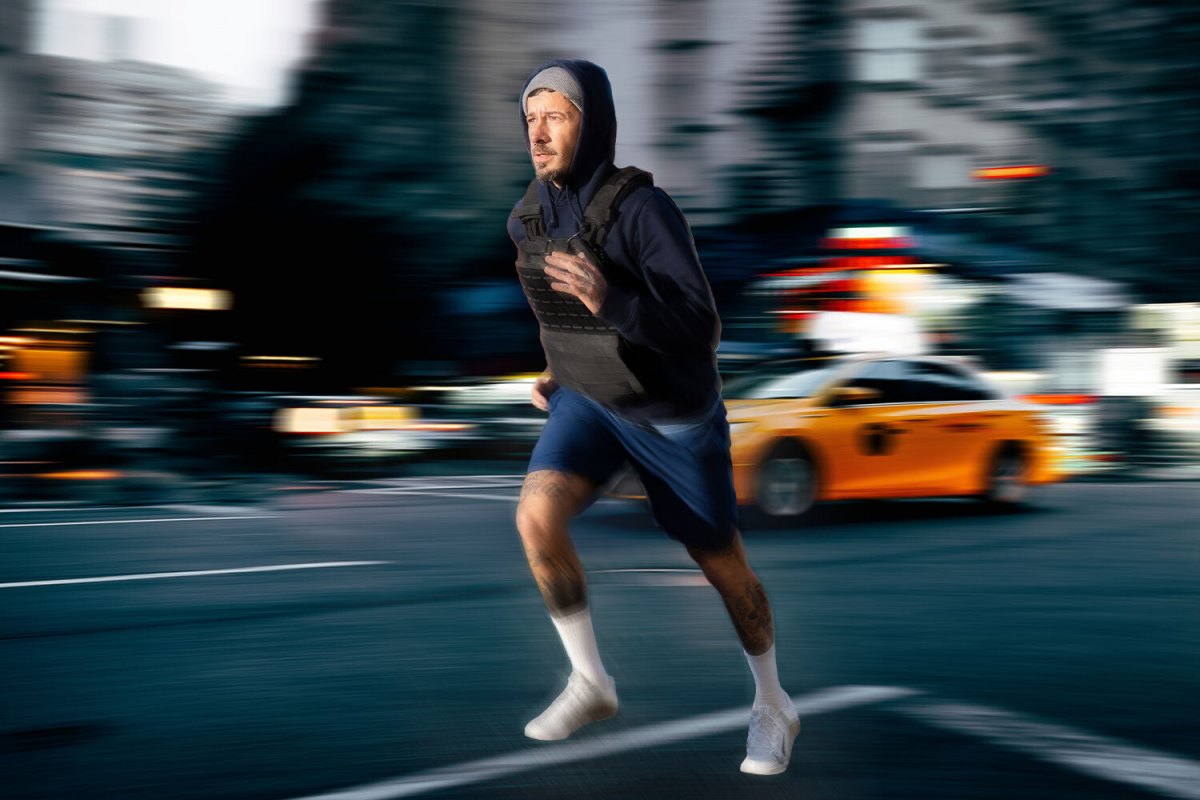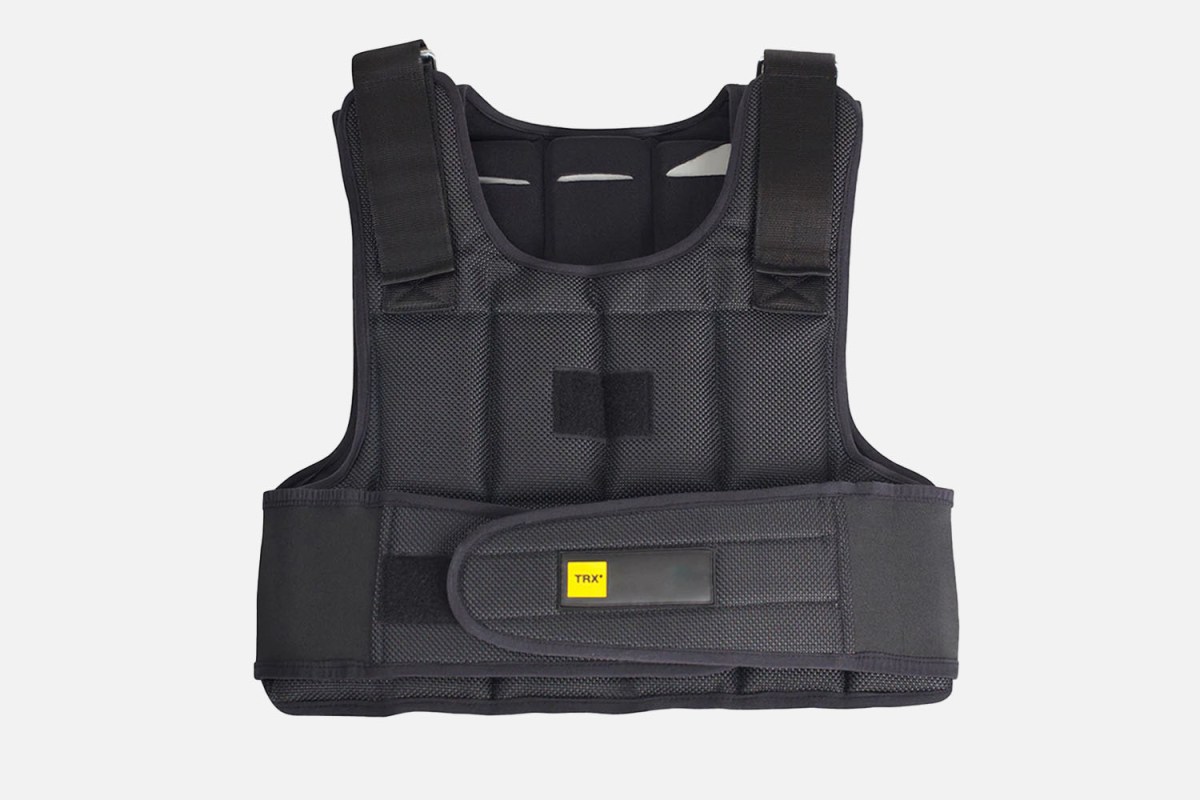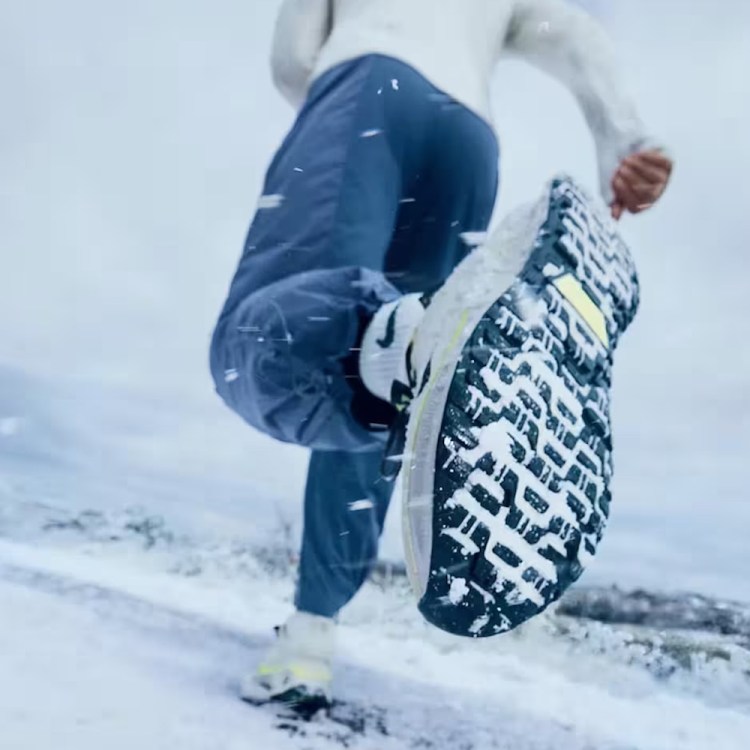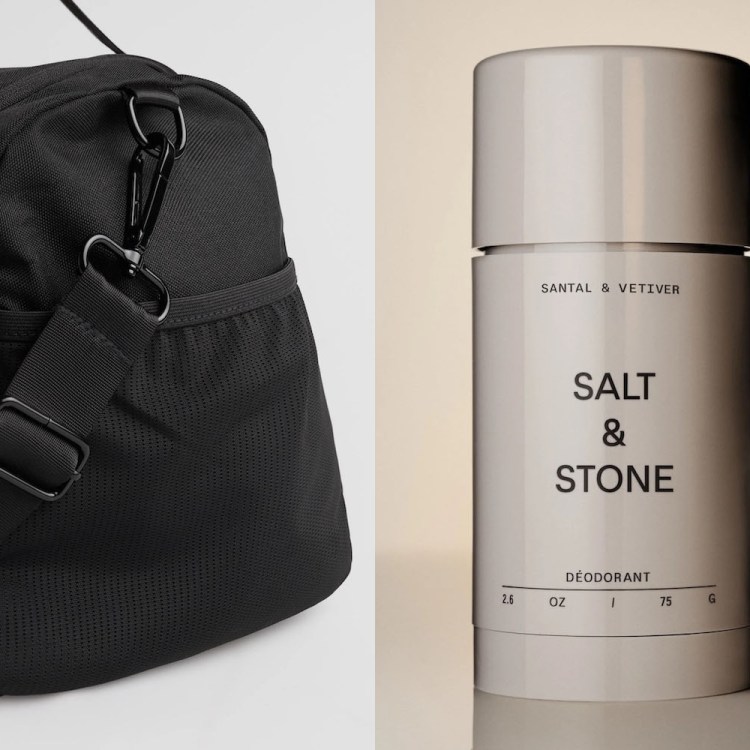Because I’m a diligent and open-minded wellness editor, I found myself at Pure Barre class a month ago, Velcroing weighted bangles onto my ankles at eight in the morning.
I made it through the yoga-esque circuits, the planks and the lunges, and nearly forgot about the added weight, until we lined up along the ballet barre for pulses and leg lifts. I was humbled. I had no clue that simply sticking a leg out to the side wasn’t in my immediate physical repertoire — and yet, it took some serious effort to perform the move with conviction. The weights made it all the more challenging.
Leg lifts are one of the most effective ways to employ “wearable weights,” a strength training sub-category that’s skyrocketed in popularity over the last few years. According to one assessment of Google Trends data, consumer interest in wrist weights increased 89% between 2019 and 2023. And not far behind: interest in weighted vests is up 61% over the same period.
Why is this happening? Hard to say for sure, but as people reconsider the connected fitness machines they invested in during the pandemic, weighted wearables represent a portable, subscription-less brand of equipment that they can take to an inspired class or outdoor workout.
As for which weighted wearable reigns supreme? It depends. For my purposes, I’m partial to weighted vests. While ankle (and wrist) weights work well for very specific moves — like performing leg lifts in barre class, or lateral arm raises on the weight-room floor — they can pose risks during a walk a light jog. The weight distribution has a tendency to pull on tendons in unnatural ways (e.g., weighing down your elbow joints), or force you to use irregular muscle patterns (e.g., favoring quads over hammies).
Weighted vests, meanwhile, are an excellent, all-purpose wearable. Assuming you’re using them correctly, they have a unique ability to make workouts more challenging, and more fun. (It’s difficult to get throughout a weighted vest workout without thinking you’re part of some black-ops unit.)
Here are some dos, some don’ts, a good weighted vest brand to get you started and an unconventional sample workout to try, from a colleague in the wellness space.
Weighted Vest Dos and Don’ts
For starters, a rule of thumb: your weighted vest should not exceed 10% of your body weight. This isn’t rucking (in which the workout is slower and the packs trend much heavier). So, if you’re 180 pounds, shoot for the 15-pound vest, not the 20-pound vest.
You might even want to consider the 10-pound vest. It probably doesn’t sound like a lot, but that added load means extra resistance on your muscles, more calorie expenditure, higher cardiovascular demands and altered biomechanics. Even if you’re just power-walking up a hill, you’re going to have to work harder to keep your core engaged, your posture set and your lower half pumping away. Fatigue will arrive earlier than usual, sort of like going for a run on a really humid day.
What We Can Learn From the Mobility Routines of MLB Catchers
They’ve got the most dependable lower half in sports. How do they do it?But as long as you’re being safe, this is a great thing. You can get an exciting, different, full-body workout from a weighted vest — in 30 minutes or less. It’s the perfect way to veer past strength training’s notorious proclivity for plateau. If you get in the habit of using one from time to time — especially in functional bodyweight exercises — you’ve got a real shot to build up your muscle tone, your bone density and even your sense of balance.
How to Use a Weighted Vest
One of the best ways to plug a weighted vest into your routine? Weighted calisthenics. I’ve always found it easier to engage with those old, boring moves when there’s an added challenge (like performing push-ups against a wobbly BOSU ball). You can easily stitch together a circuit from this workout bank:
- Push-ups
- Squats
- Pull-ups
- Lunges
- Planks
- Burpees
You can add more plyometric fare to a circuit, too — moves like step-ups, mountain climbers, box jumps or even intervals with a jump rope. This is where it helps to have gone lighter on the weighted vest. You want that added weight to be challenging, but subtle; it shouldn’t wreak havoc on your knees. Check out these options from Omorpho. I’ve tested out the 8 lb. 12 oz. option. It’s fantastic.
Another tip: if inclined, you can splice “drop sets” into your circuit, in which you’re not wearing the weighted vest. Executed well, this can be a huge psychological boost. Go for more reps on these sets. Suddenly, 25 push-ups doesn’t seem so difficult.
An Alternative Workout Idea
Michael Mazzara, a wellness enthusiast and the CEO of Half Marathon Guide, is another fan of weighted vests — and sources one on a regular basis for a unique workout scheme.
“About eight times a month, I strap on a weight vest or pick up a pair of kettlebells and walk backwards for a mile,” Mazzara says. “Usually, I’m doing it at 2.5 miles per hour and on a steep incline. Why do I do this? Two reasons: one is for grip strength (inspired by Dr. Peter Attia’s Outlive: The Science and Art of Longevity), and the second is for knee stability.”
Historically, Mazzara says, he gets injured about once every six months. “If it isn’t a hip issue, it’s a knee issue, and if it isn’t a knee issue, I slept on my neck in ‘a special sort of way’ and now can’t turn my head,” he explains. But the weighted backwards walks help him preempt the worst of it, and build up strength. It’s an example of “bulletproofing” the body.
“A 2023 study concluded that backwards walking and running reduces compressive stress on the knee joint,” he adds. “It could alleviate knee pain and improve knee function while increasing quad muscle strength if you had knee pain.”
He doesn’t put all his eggs in the weighted-walk basket — Mazzara also regularly tackles moves like “monster walks, clam shells and single-leg squats” to bolster his lower half. But the anecdote illustrates what a single piece of equipment can confer onto a workout routine: injury prevention, confidence and most importantly, creativity.
The Charge will help you move better, think clearer and stay in the game longer. Subscribe to our wellness newsletter today.




























